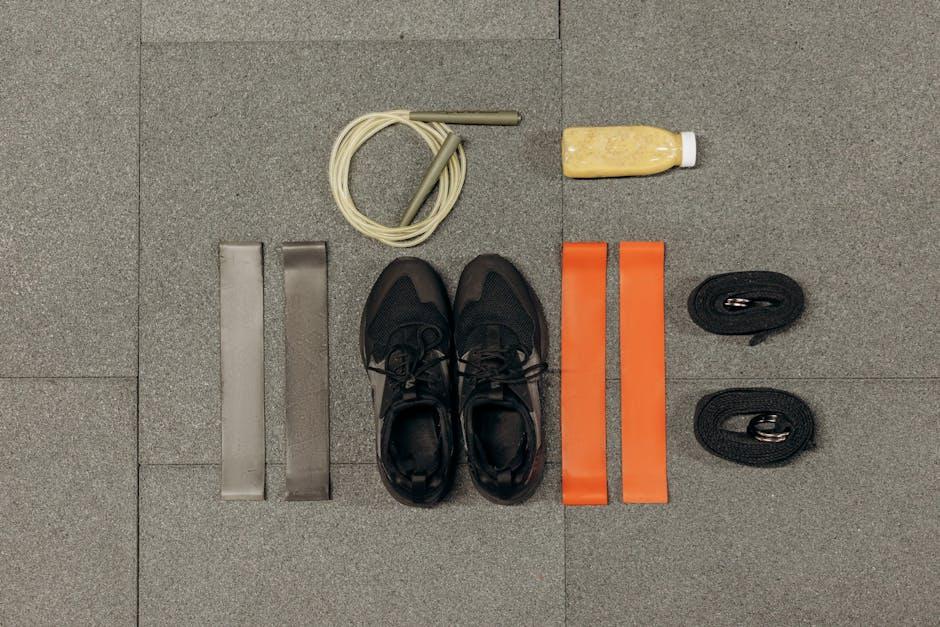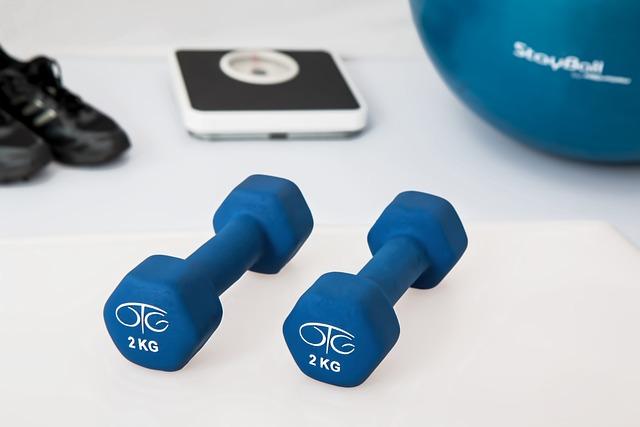In the journey towards achieving weight loss goals, staying motivated can often be the most challenging hurdle. Many embark on this path with enthusiasm, only to find their initial resolve waning over time. One powerful tool that can help maintain focus and drive is a weight loss progress chart. This structured approach not only provides a visual representation of your efforts but also serves as a constant reminder of your accomplishments and areas for improvement. In this article, we will explore how to effectively use a weight loss progress chart to keep you motivated, offering step-by-step guidance on setting realistic goals, tracking your achievements, and using the data to stay committed to your weight loss journey. By leveraging this tool, you can transform your aspirations into tangible results, ensuring that your motivation remains steadfast from start to finish.
Understanding the Basics of a Weight Loss Progress Chart
At the core of any effective weight loss journey is the ability to track progress. A weight loss progress chart serves as a visual representation of your journey, offering insights into patterns and helping to maintain motivation. It typically includes several key components that can be customized to suit your personal goals. Here are some essential elements to consider:
- Initial Weight: Documenting your starting weight sets a baseline for measuring success.
- Goal Weight: Clearly define your target weight to provide direction and focus.
- Weekly Weigh-Ins: Regular updates, such as weekly weigh-ins, help in identifying trends and assessing whether your strategy needs adjustment.
- Measurements: Track various body measurements like waist, hips, and chest for a comprehensive view of your progress.
- Notes: Include a section for notes to document changes in diet, exercise, or other factors influencing your weight.
Incorporating these elements into your chart ensures a holistic approach, enabling you to celebrate small victories and make informed decisions about your weight loss plan. Remember, consistency is key, and your chart should be a living document that evolves with you.

Customizing Your Chart for Personalized Motivation
To truly harness the power of a weight loss progress chart, it’s essential to tailor it to your unique needs and preferences. Customization can transform a simple chart into a powerful tool for motivation. Here are some ways to personalize your chart:
- Choose Your Metrics: Decide which data points are most important to you. Whether it’s pounds lost, inches reduced, or body fat percentage, focusing on the metrics that matter to you will keep your motivation high.
- Set Realistic Milestones: Break your ultimate goal into smaller, achievable milestones. This approach not only makes the journey less daunting but also allows you to celebrate small victories along the way.
- Incorporate Visual Elements: Use colors, symbols, or even stickers to highlight progress and milestones. A visually appealing chart can be more engaging and encouraging.
- Add Personal Affirmations: Include motivational quotes or personal affirmations alongside your chart. A simple phrase can serve as a powerful reminder of your commitment and dedication.
By making these customizations, your weight loss chart will not only track progress but also serve as a constant source of inspiration tailored just for you.

Analyzing Data to Identify Trends and Adjust Strategies
When it comes to understanding your weight loss journey, the power of data cannot be overstated. By carefully examining your weight loss progress chart, you can unearth patterns and adjust your strategies to enhance your results. Identifying trends in your data can help you pinpoint periods of rapid loss or plateaus, allowing you to adapt your diet or exercise routines accordingly. For instance, if you notice a slowdown in weight loss, it might be time to reassess your caloric intake or tweak your workout regimen.
To effectively analyze your chart, consider the following tips:
- Track Consistently: Regular updates provide a clearer picture of your progress.
- Look for Patterns: Identify any recurring changes in weight and correlate them with your activities or dietary choices.
- Adjust Based on Data: Use insights from your chart to refine your strategies for better results.
Remember, the key is to remain flexible and responsive to what the data reveals, ensuring that your approach evolves in alignment with your weight loss goals.

Setting Realistic Goals and Celebrating Milestones
When embarking on a weight loss journey, it’s crucial to establish realistic goals that align with your lifestyle and capabilities. Begin by assessing your current habits and identifying small, achievable changes. Rather than focusing solely on the end result, break down your goal into smaller, manageable milestones. This approach not only prevents overwhelm but also allows for regular celebrations of your progress, keeping motivation high.
- Set specific, measurable targets: Instead of a vague aim like “lose weight,” target a specific number of pounds or inches within a set timeframe.
- Track your progress regularly: Utilize a weight loss progress chart to visually monitor changes. Seeing the gradual improvement can boost your confidence and commitment.
- Celebrate each milestone: Acknowledge and reward yourself when you reach a milestone. This could be a non-food reward like a new workout outfit or a relaxing spa day.
By setting realistic expectations and recognizing every achievement along the way, you create a positive reinforcement loop that fuels your determination to continue. Remember, every small step counts toward the bigger picture of your health and wellness journey.
